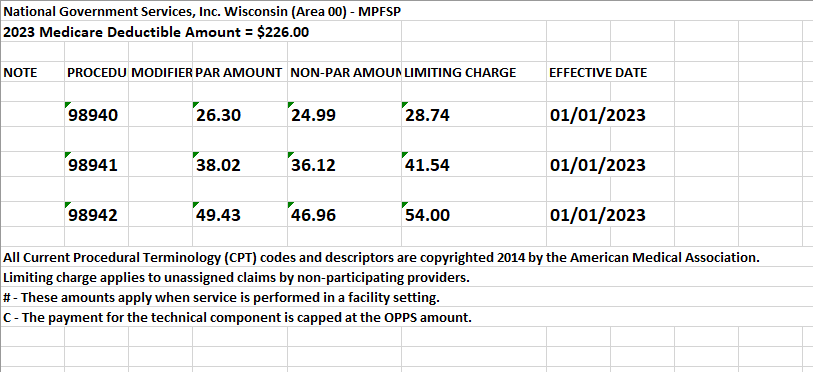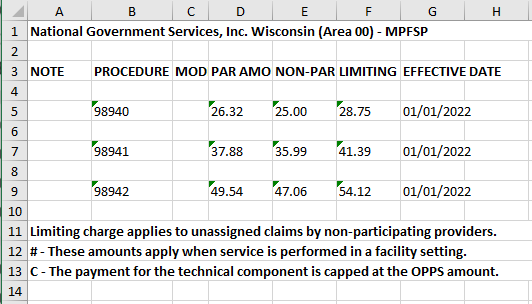
The importance of understanding your patient’s condition
A 2013 Journal of Chiropractic Medicine article discussed a patient with benign neck and upper back pain. However, the patient had recently sustained a “hangman’s fracture” from a drunken fall but did not inform the doctor. A C2 fracture was detected through an x-ray and from further questioning.
The conclusion of the study states:
“Historical experience with similar [cervical pain] clinical presentations in established patients can influence health care providers to assume a benign causation of symptoms. Conscious effort must be exerted to treat established patients with typical presentations with the same diligence as those of new patients to a chiropractic clinic. This case illustrates that an unstable fracture and hematoma can present to a chiropractic clinic as a seemingly benign problem.”
Getting the full story of presentation to the office with your patient is critical for both the SOAP note and eventual third-party reimbursement, particularly with current pre-authorization requirements and patient reporting of subjective symptoms.
Subjective data includes the patient’s perception of their symptoms. You can begin collecting subjective data as soon as the patient first calls in for an appointment, and the doctor following up gathering this information through conversations and patient self-reports on Day One and Day Two.
Your practice management software will have an area to free-form type in a note, and here is where you can indicate why the patient is calling the office to schedule an appointment. The doctor will see this note when they pull up the patient on their computer, or you can verbally relay the information.
It is also critical upon existing patient re-exams to ask and document an additional story of what brings the patient into the office, i.e., any additional mechanism of injury. We all have them as part of this wonderful thing called Life.
Not completely confident with what the patient is subjectively presenting with? Follow your innate instincts and confirm through objective testings.
Email us for a free medicare documentation checklist. services@pmaworks.com
Need further assistance? We can help. Email “Clinic Rescue” in the subject line, to Lisa@pmaworks.com
Lisa
920-334-4561
References:
Fogeltantz, Kay, Ditty, Mark, Pursel, Kevin, (2013 September) Hangman’s fracture presenting to chiropractic clinic as benign neck pain: a case report. Journal of Chiropractic Medicine 2013 Sep;12(3):201–206, PubMeb

 There’s an old joke in credentialing providers. “The good news is you’re now in-network! The Bad news? You’re now in-network.”
There’s an old joke in credentialing providers. “The good news is you’re now in-network! The Bad news? You’re now in-network.”




 Kiplinger recently shared information from the Centers for Medicare & Medicaid Services reporting that Medicare Part B premiums will jump dramatically in 2022. An increase of 14.5% or $21.60 from 2021. Deductibles will also show an increase of $30.00 going to $233 in 2022.
Kiplinger recently shared information from the Centers for Medicare & Medicaid Services reporting that Medicare Part B premiums will jump dramatically in 2022. An increase of 14.5% or $21.60 from 2021. Deductibles will also show an increase of $30.00 going to $233 in 2022.